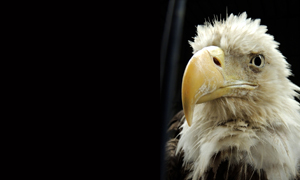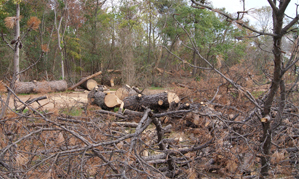Wildlife Rescue Nests
A group of knitters have put some of their scrap yarns to good use. They have made “nests” for the little orphaned and injured creatures that the Wildlife Center of Texas receives. They are weaved tight to prevent legs getting stuck, are in a bowl shape, and are made in various sizes. The group is called the Wednesday Knit ‘n Stitch Group and meet at Park Avenue Yarns in League City. The Wildlife Center of Texas thanks these wonderful ladies for spending hours making colorful and cozy nests for our littlest patients. Click here to learn what you can do to help our wildlife friends.








